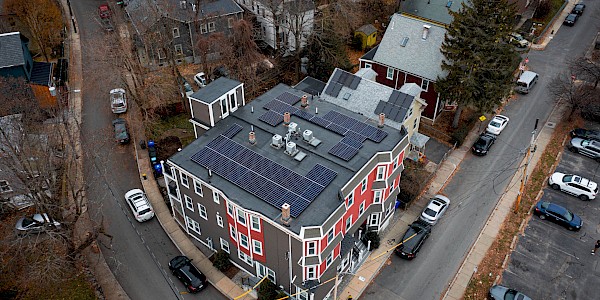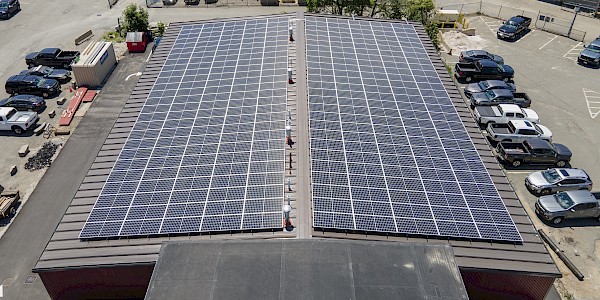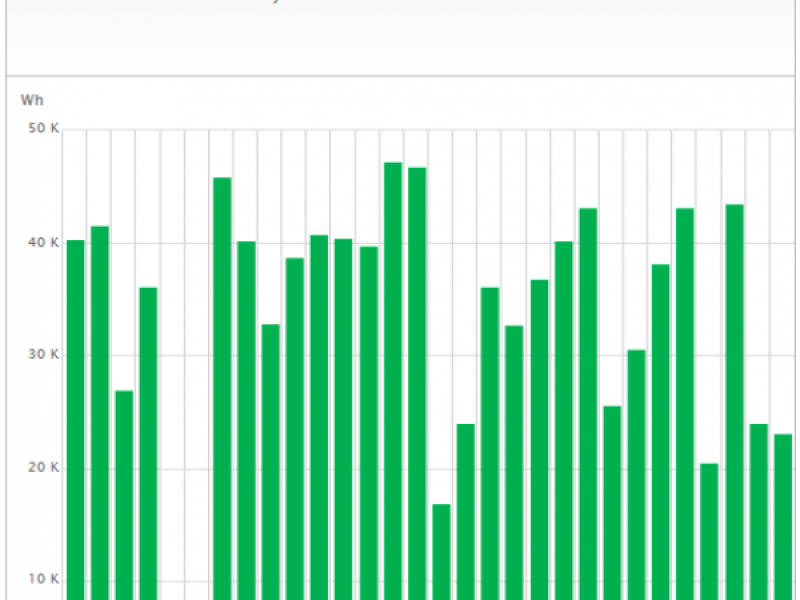3G Network Support and SREC Reporting – How does it affect my system?
As you may have heard, major mobile carriers are planning on discontinuing their 3G networks to focus on newer technology such as 5G, effective in early 2021. Many production meters installed to provide revenue grade production tracking and reporting under the SREC program utilize the 3G network, so this change may impact your system. It is very important to Boston Solar that all our customers remain able to report their production to the state for the SREC incentive, so we are providing a quick guide below to determine whether your system is affected, and potential steps to take if it is.
How do I know whether my system will be affected?
Only systems which utilize cellular service to report production data will be affected – if the meter reporting production to the state is connected directly to your wireless router on site, it will continue to report as normal. Commonly installed meters using 3G cellular service include the Locus Energy LGate 120 and the Solar-Log 350. If your system has one of these meters, there is likely action needed which will be detailed in the sections below. If you do not have one of these meters and you have a monitoring connection plugged directly into your wireless router, your system is likely not affected. If you have any questions on whether your system is affected, please submit an inquiry here.
What are the options for updating my system’s connection?
There are three potential options for affected system owners in addressing the 3G network sunset. The availability of these options may vary by system size and existing meter type:
- Meter Replacement: The existing meter can be replaced with a new meter which would report on the 4G network.
- Meter Hardwire: “Hardwiring” refers to a direct connection between the production meter and the home’s wireless router. This is done either by running a direct cable (CAT5) between the two pieces of equipment, or utilizing wireless adapters. Not all meters are compatible with this method of connection.
- Self-reporting (only available for systems 10kW DC and below): System owners can manually report production on a monthly basis via the MassCEC PTS (Production Tracking System) online portal.
What is the cost of these options?
Costs for either meter replacement or meter hardwire can vary based on the equipment installed and on-site conditions. Please fill out a contact form here to receive a quote for your system. Self-reporting production can be done at no additional cost as it does not require any adjustments to the equipment on site.
Can I have another company complete this work?
We are aware that many customers may have received communications either through their SREC provider or other third party offering a meter upgrade package. System owners are free to make their own choice on who they would like to do this work based on the pricing and available services. However, please note that Boston Solar does not warranty work completed by outside contractors.
When would my system be affected?
Although the timing will vary by mobile carrier, it is expected that the major 3G networks will be out of service by the end of March 2022 at the latest, but likely sooner. Fortunately, because the schedule of issuing SRECs is one quarter behind actual production, this provides extra time for addressing the network issue. SRECs for Q1 2022 (when the 3G network will first be unavailable) will not be issued until July 15th, so systems that report production for the end of June will still be able to see SRECs issued without interruption. If the reporting for the system is not re-established by the end of June, SREC issuing may be delayed by a quarter but all production will still be recognized as long as this is resolved by the end of the calendar year 2022.





